NASA's Soil Moisture Active Passive Observatory Mission in Photos
The Dirt on Earth's Dirt
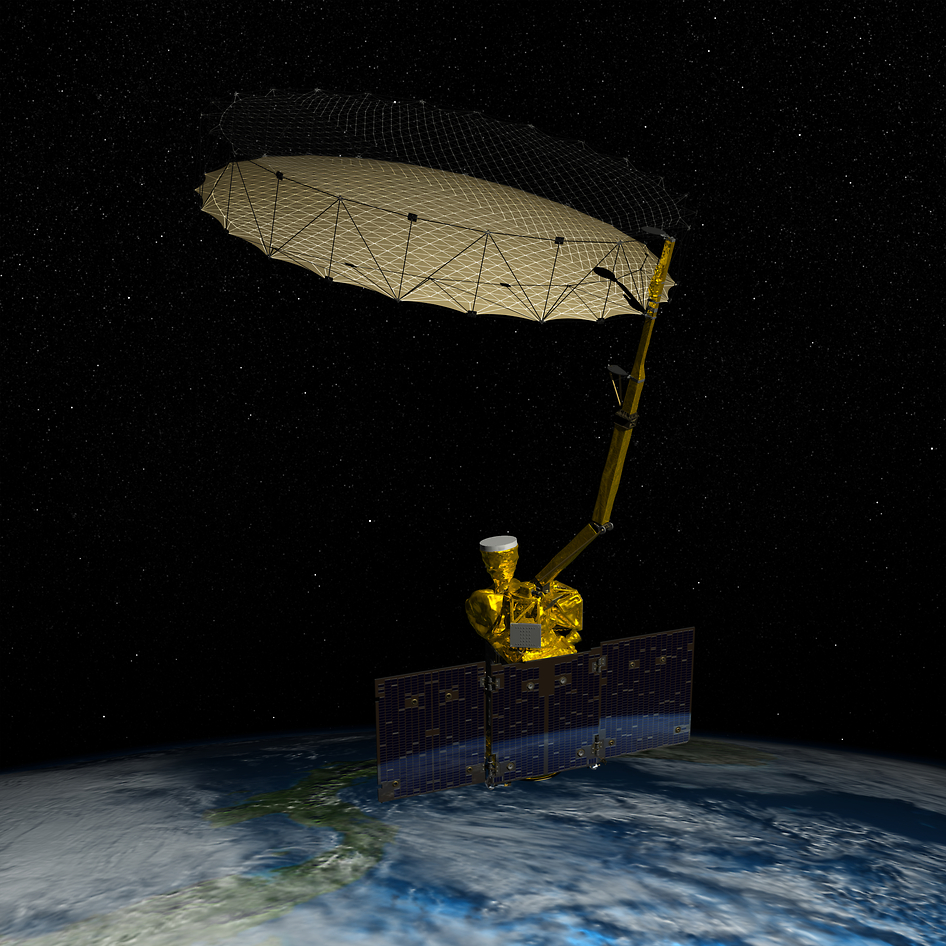
NASA's Soil Moisture Active Passive mission is designed to study the moisture content of the entire Earth's topsoil like never before. The results, scientists say, could help predict droughts, flooding and other weather events. Read the full launch story. See photos from the SMAP observatory's Jan. 31, 2015 launch and beyond in our gallery here.
Liftoff!
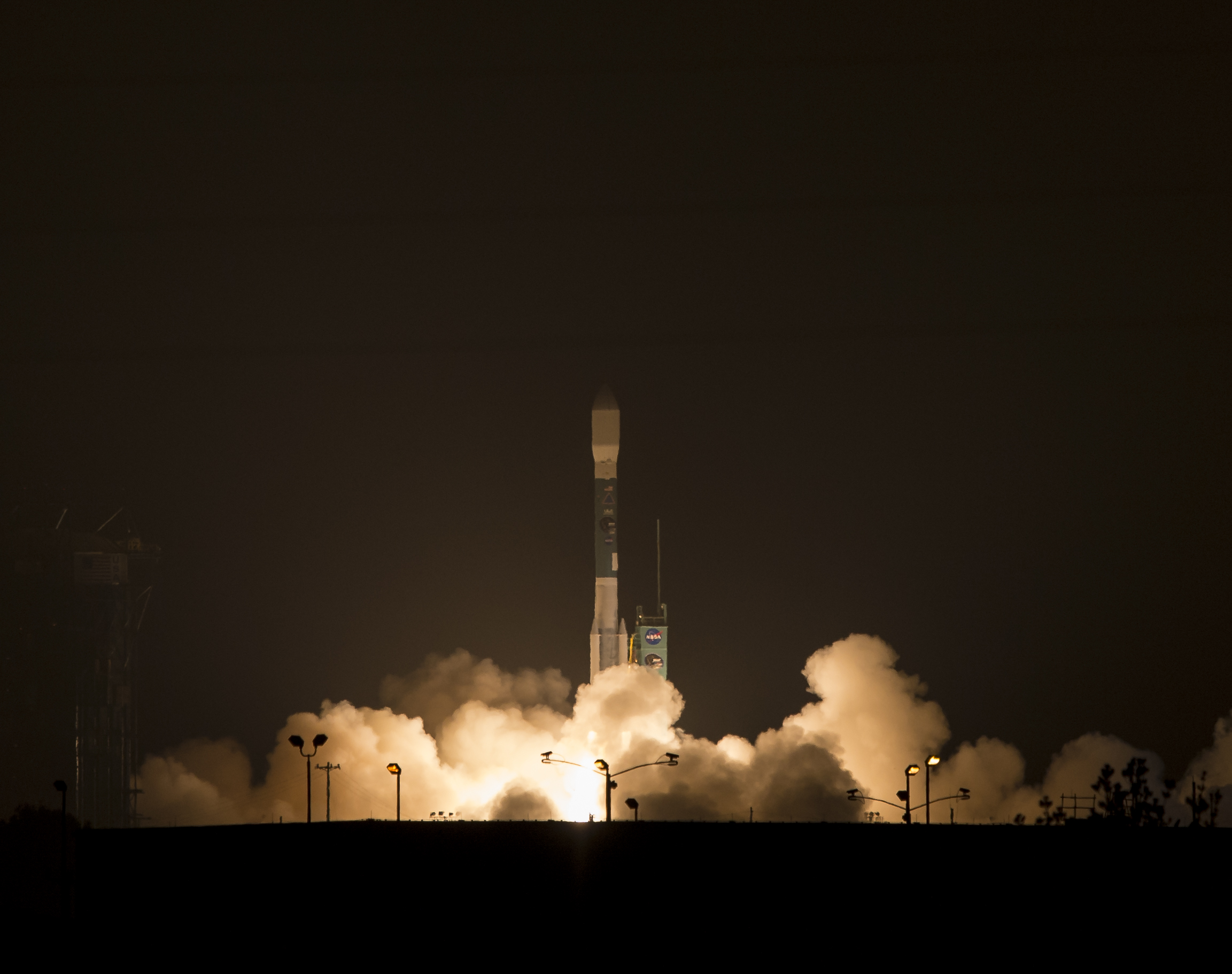
NASA's dirt-tracking SMAP satellite launches spaceward on a United Launch Alliance Delta II rocket at 6:22 a.m. PST (9:22 a.m. EST/1422 GMT) from Vandenberg Air Force Base in California on Jan. 31, 2015. Read the full launch story.
SMAP's Spreads Its Wings
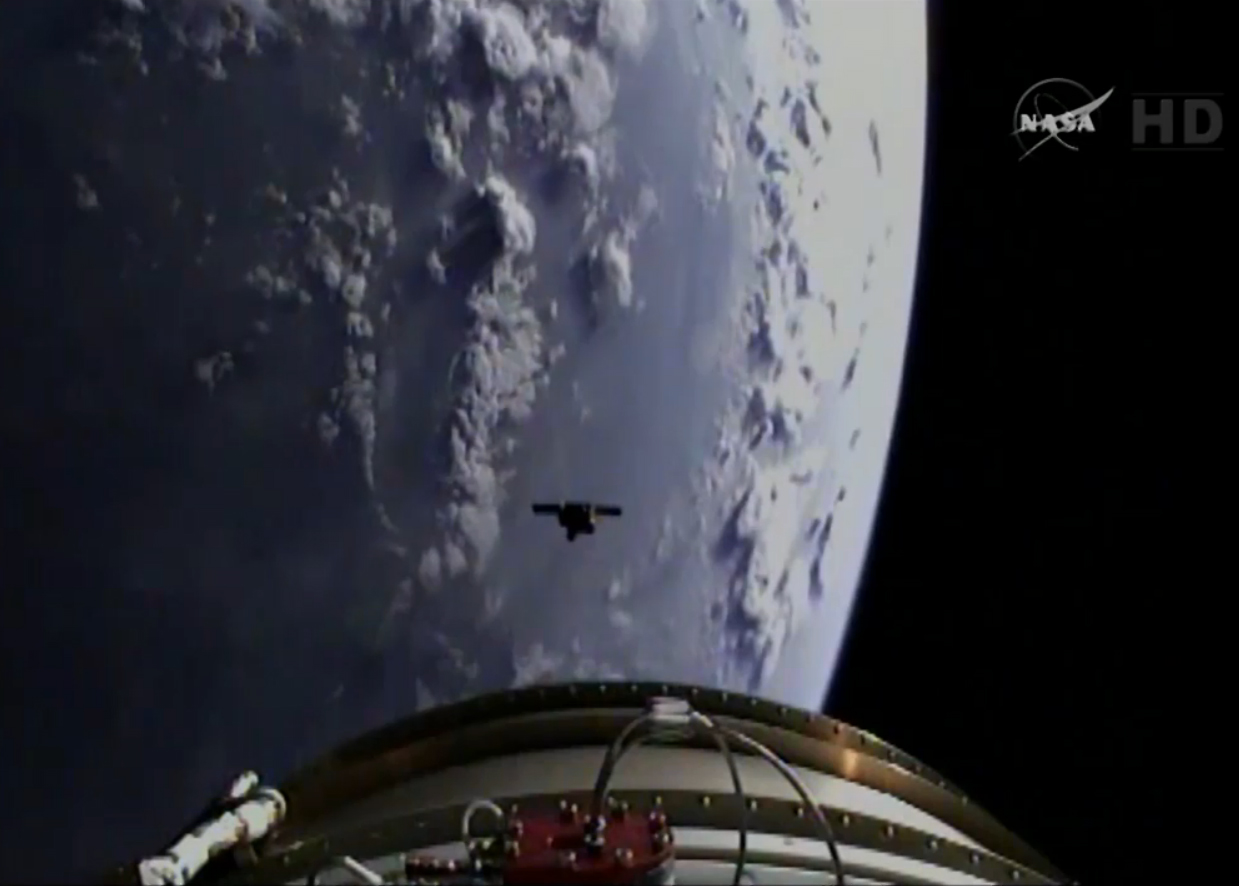
Like some sort of cosmic bird, NASA's SMAP observatory unfolds its winglike solar arrays after successfully separating from its Delta II rocket following its Jan. 31, 2015 launch. Read the full launch story.
A Rocket Streak Before Sunrise
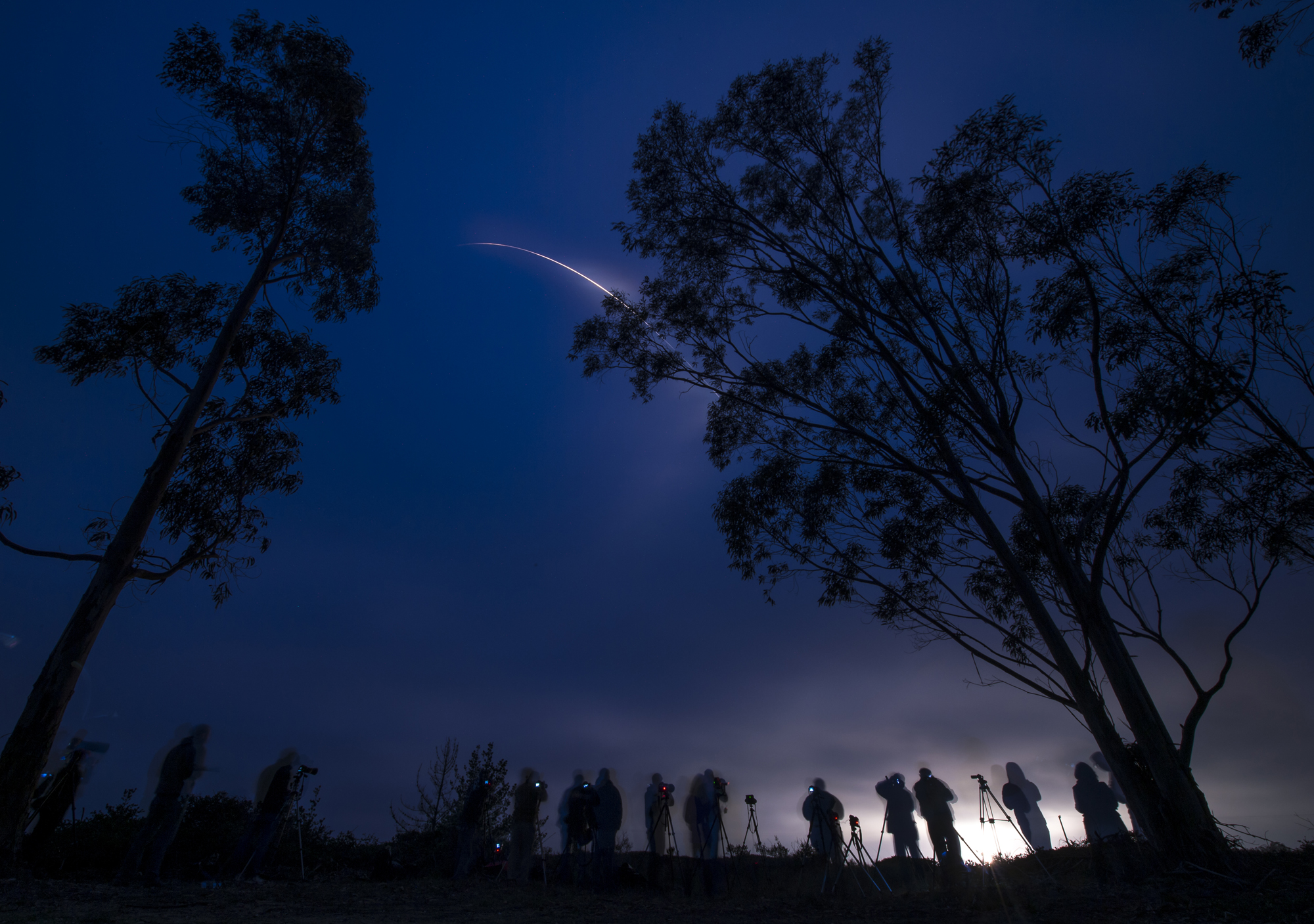
NASA photographer Bill Ingalls captured this long exposure view of SMAP's launch as the mission's Delta II rocket streaked over Vandenberg Air Force Base in California while photographers and observers looked on. Read the full launch story.
SMAP Satellite Launch
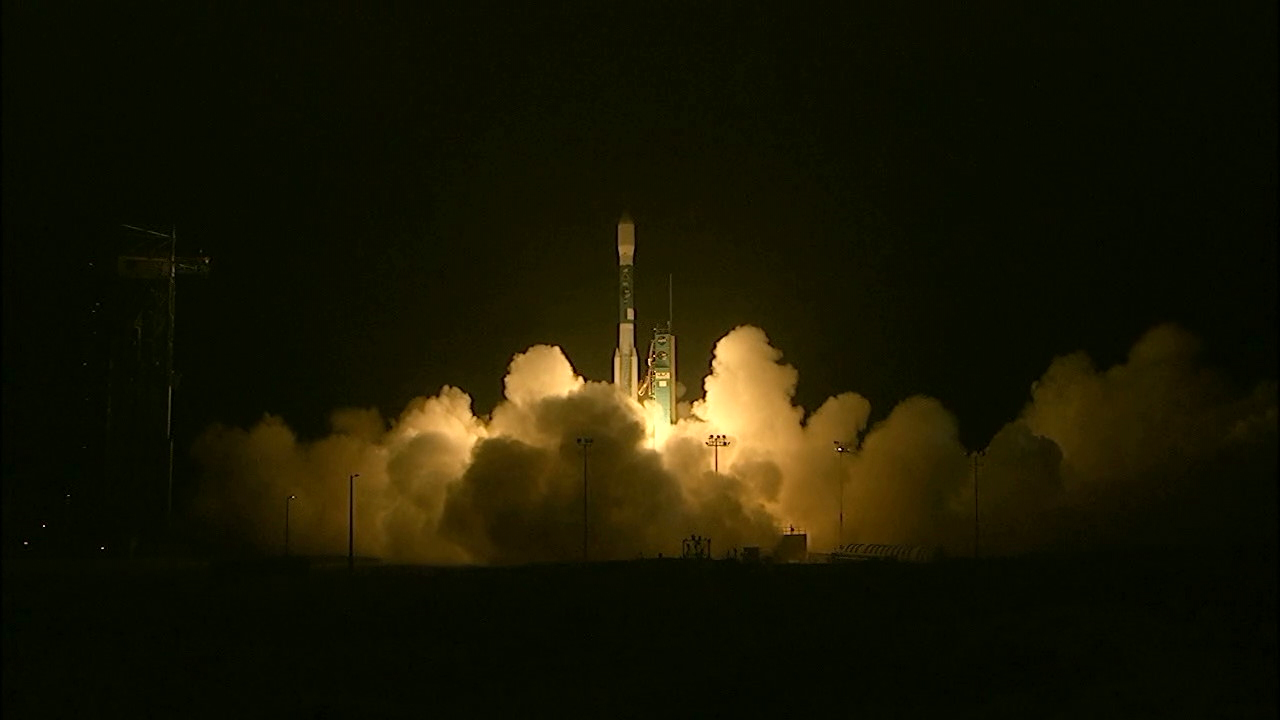
NASA's Soil Moisture Active Passive satellite launches into space atop a United Launch Alliance Delta II rocket in a predawn launch from Vandenberg Air Force Base in California on Jan. 31, 2015. Read the full launch story.
Soil Moisture Active Passive Mission
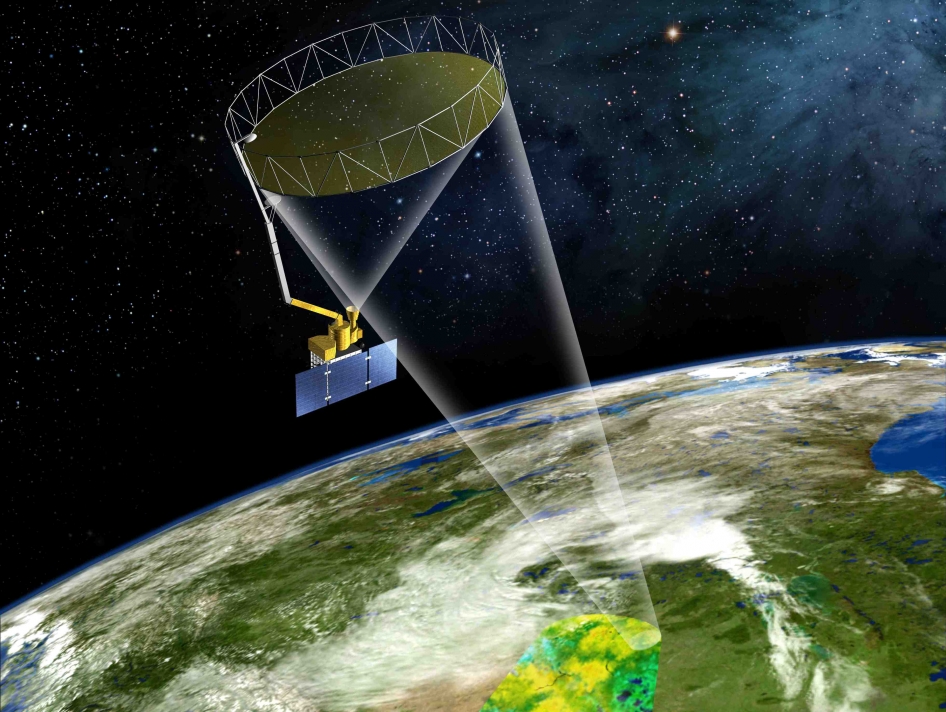
NASA's Soil Moisture Active Passive (SMAP) mission will track Earth's water into one of its last hiding places: the soil. Soil moisture data from SMAP will aid in predictions of agricultural productivity, weather and climate.
Delta II Rocket, SMAP
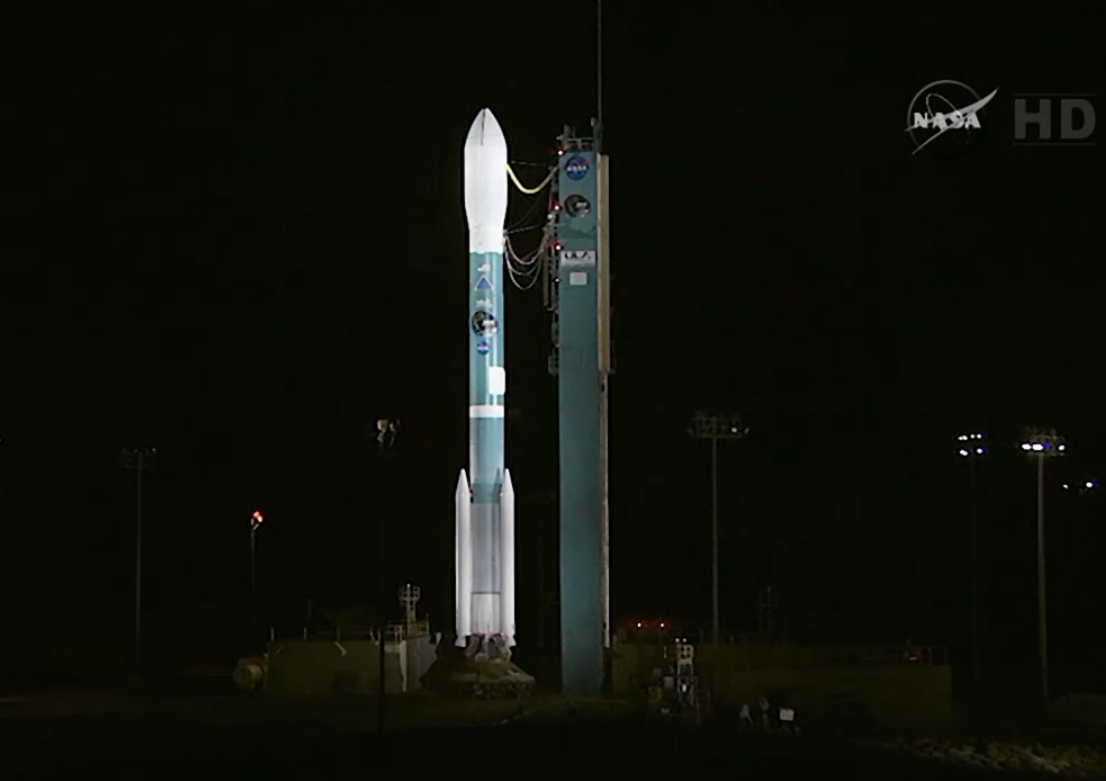
NASA's Soil Moisture Active Passive mission (SMAP) sits atop this United Launch Alliance Delta II rocket at Vandenberg Air Force Base in California. The first launch attempt on Jan. 29, 2015, was scrubbed due to high winds.
Get the Space.com Newsletter
Breaking space news, the latest updates on rocket launches, skywatching events and more!
SMAP Lifted For Mating to Delta II
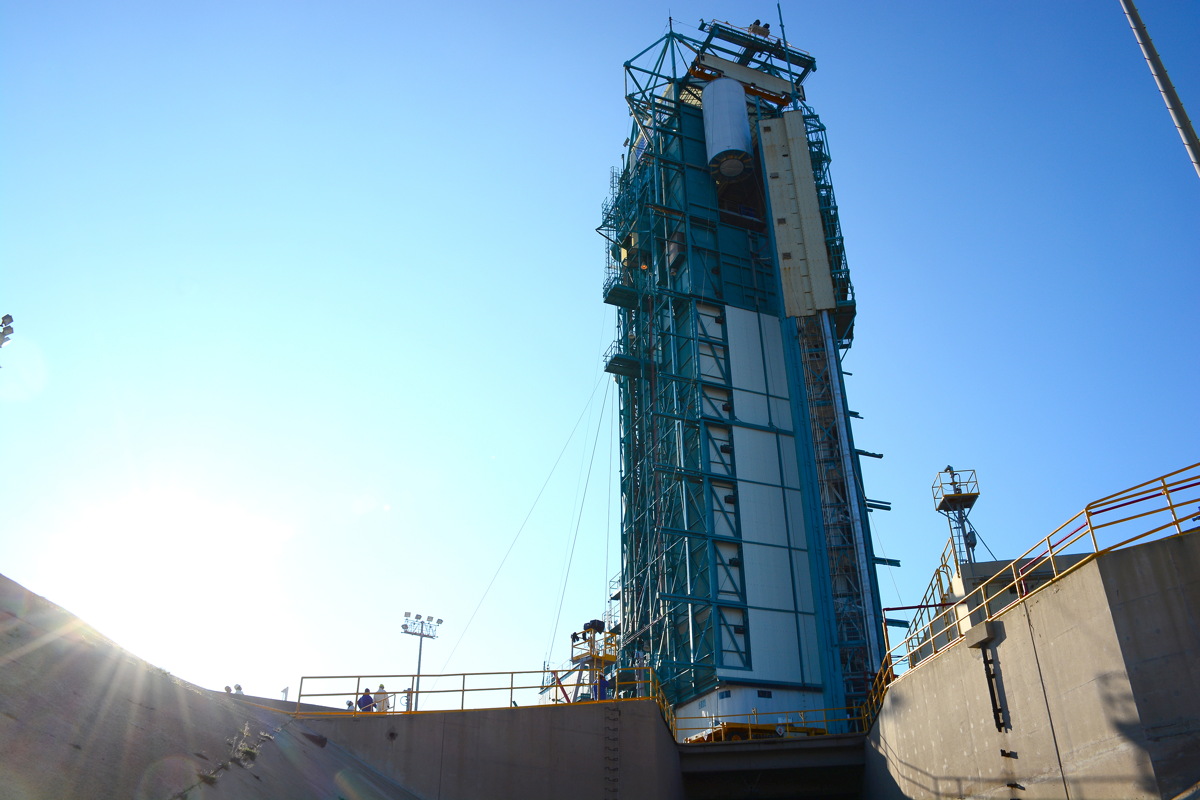
NASA's Soil Moisture Active Passive mission, or SMAP, satellite rises for mating to its Delta II rocket At Vandenberg Air Force Base in California. Image released Jan. 13, 2015.
SMAP Mated to Delta II Rocket
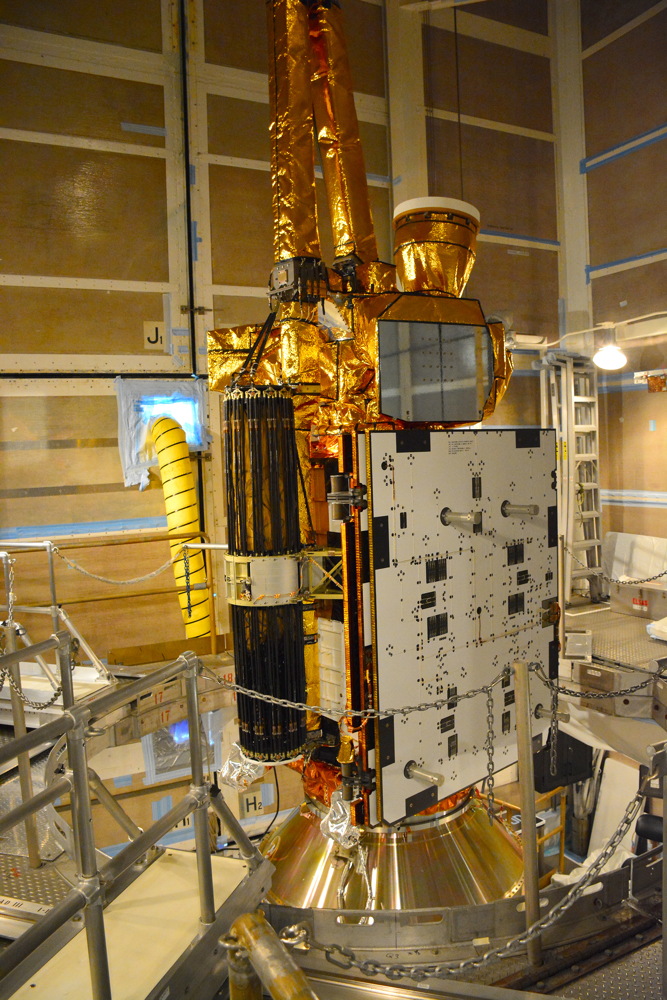
NASA's Soil Moisture Active Passive mission, or SMAP, satellite undergoes mating to its Delta II rocket at Vandenberg Air Force Base in California. Image released Jan. 13, 2015.
SMAP Undergoes Inspection
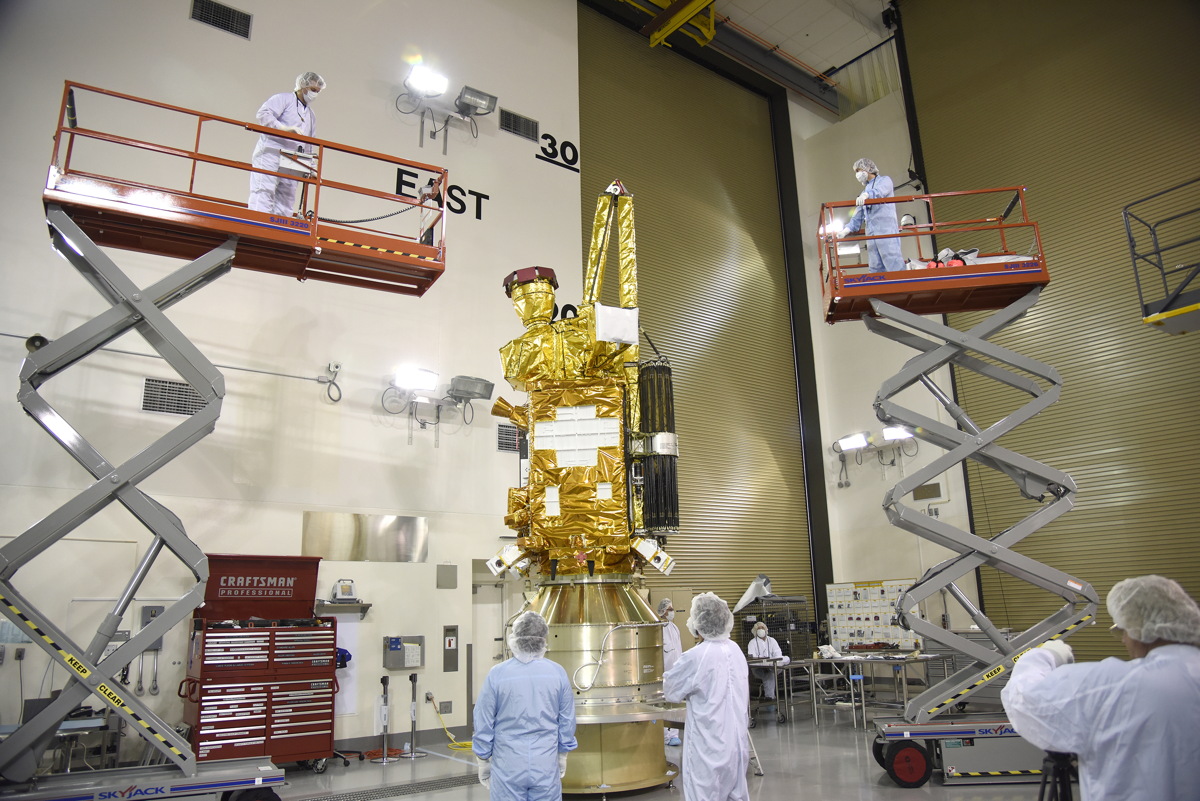
Engineers and technicians inspect NASA's Soil Moisture Active Passive mission (SMAP) satellite at Vandenberg Air Force Base in California. Image released Jan. 8, 2015.
SMAP Lifted Up
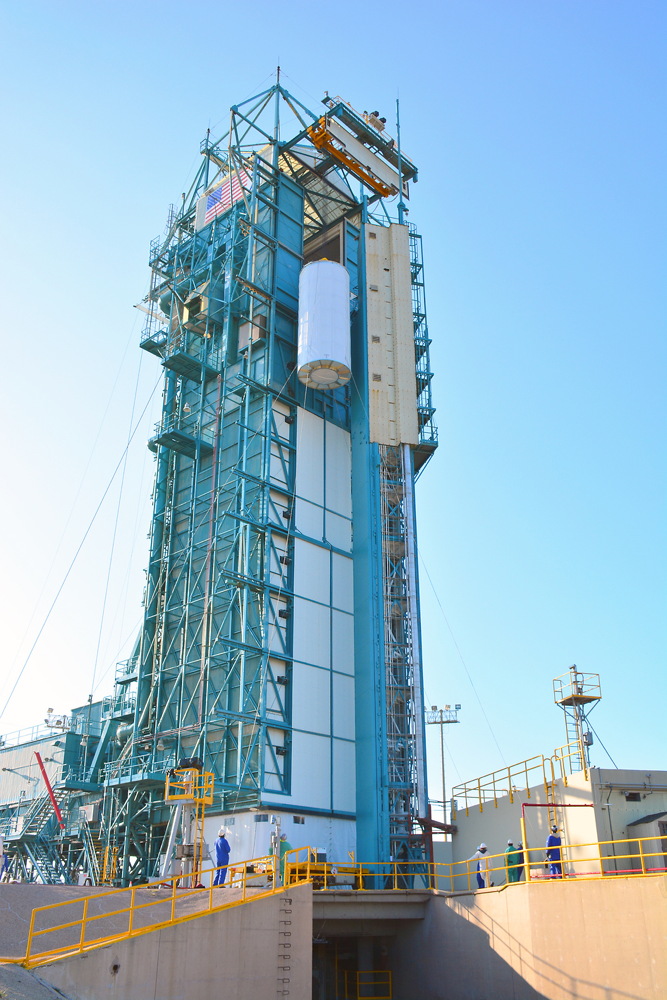
NASA's Soil Moisture Active Passive mission satellite moves up the side of a mobile service tower in order to mate with its Delta II rocket at Vandenberg Air Force Base in California. Image released Jan. 21, 2015.
Join our Space Forums to keep talking space on the latest missions, night sky and more! And if you have a news tip, correction or comment, let us know at: community@space.com.

Space.com is the premier source of space exploration, innovation and astronomy news, chronicling (and celebrating) humanity's ongoing expansion across the final frontier. Originally founded in 1999, Space.com is, and always has been, the passion of writers and editors who are space fans and also trained journalists. Our current news team consists of Editor-in-Chief Tariq Malik; Editor Hanneke Weitering, Senior Space Writer Mike Wall; Senior Writer Meghan Bartels; Senior Writer Chelsea Gohd, Senior Writer Tereza Pultarova and Staff Writer Alexander Cox, focusing on e-commerce. Senior Producer Steve Spaleta oversees our space videos, with Diana Whitcroft as our Social Media Editor.
